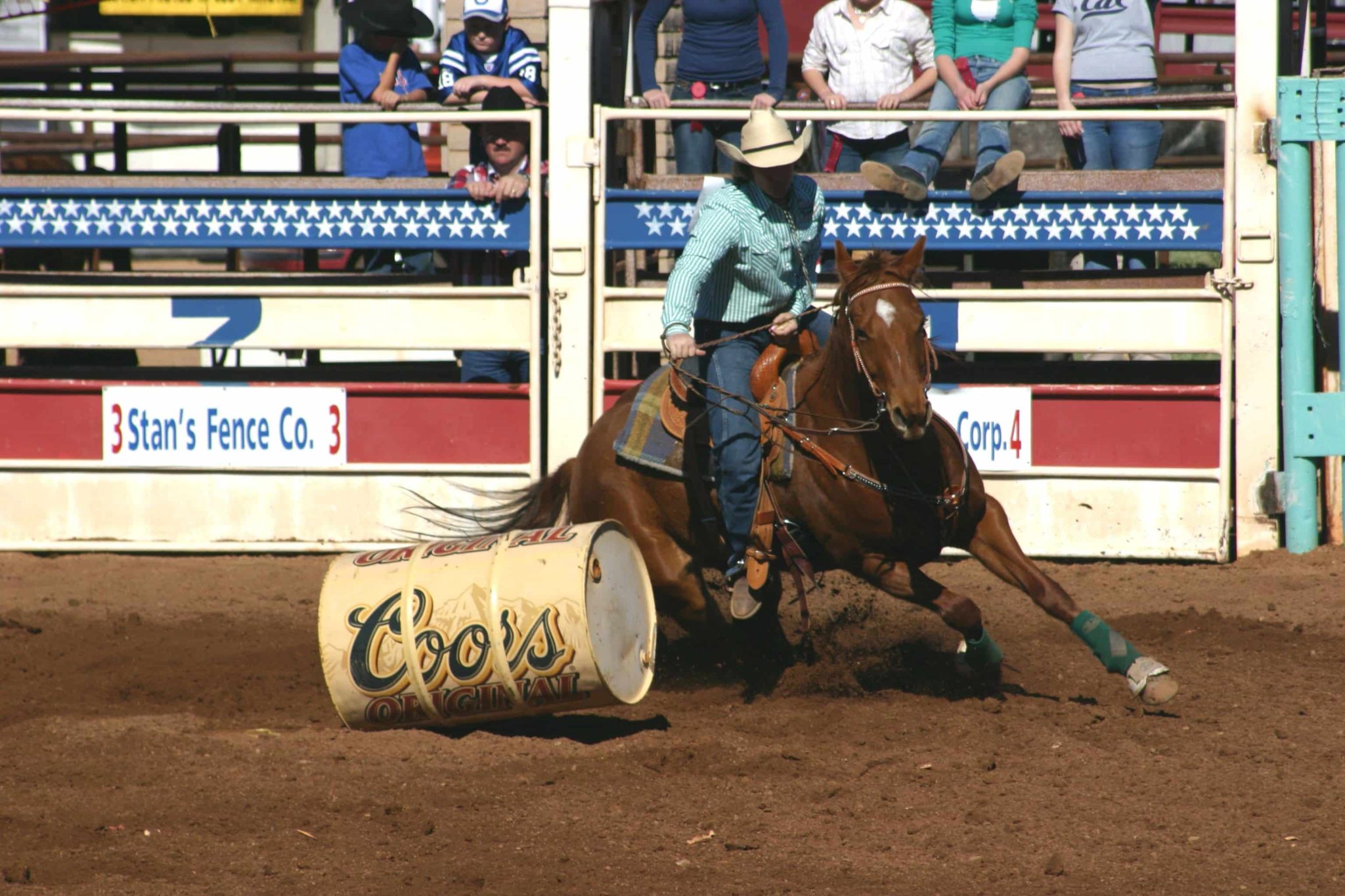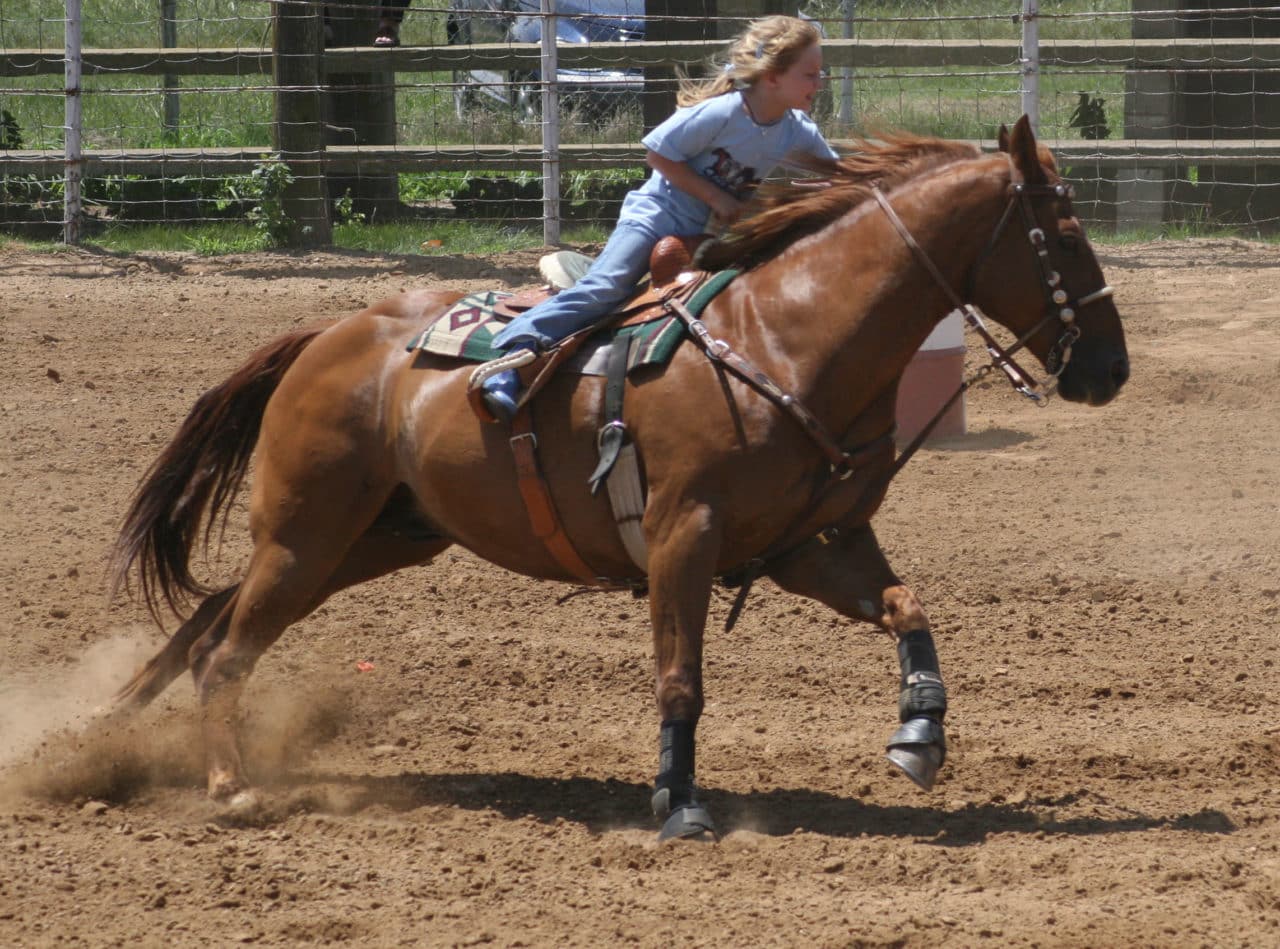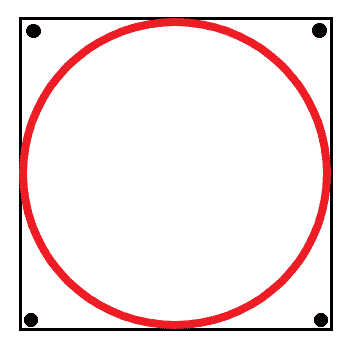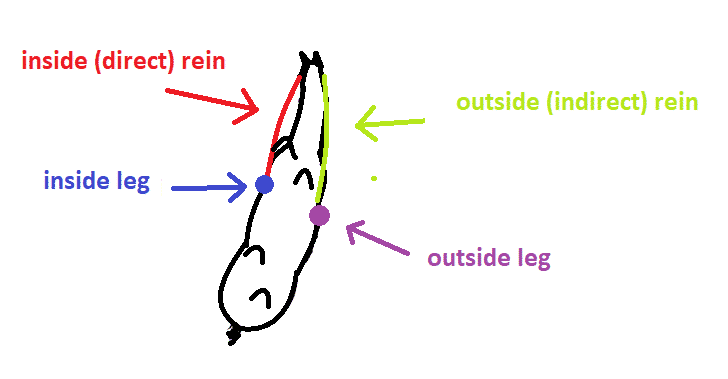
Does your horse constantly drop his inside shoulder in a turn? This is a common problem in all disciplines, but it is a particularly pervasive problem in barrel racing. The common go-to fix for a horse that constantly drops his shoulder in a turn is the counter arc. Most of us have heard of the counter arc and even know what it looks like. However, for some reason, it seems to be a maneuver that too many people don’t bother training until their horse starts dropping his shoulder and suddenly they need it. Like every maneuver, a proper counter arc requires specific training that is broken down into simple steps in order to produce the best results.
Uses for the Counter Arc
The counter arc is a very common training technique for many disciplines, especially barrel racing. It is especially useful for shoulder control, particularly for a horse who has the tendency to drop his inside shoulder. It does require a certain level of collection and responsiveness to aids. It also requires bend and lightness in the bridle. This is not a maneuver that should be tried with a horse that is hollow and stiff. It can only be effective if the horse is collected and truly working over his back.
[clickToTweet tweet=”Counter arcs are especially useful for shoulder control, particularly for a horse who has the tendency to drop his inside shoulder. #247equestrian #horsetraining Read more about teaching your horse to counter arc here:” quote=”Counter arcs are especially useful for shoulder control, particularly for a horse who has the tendency to drop his inside shoulder.”]
Prerequisites for the Counter Arc
- collection
- on the bit
- rounded back
- engaged hindquarters
- pivot on the hindquarters
- independent control of body parts (head/neck, shoulders, rib cage, hip)
- bend
- lightness in hands
- softness in the poll
- responsive to light aids
- forward momentum
- staying between the rider’s hands and legs
Teaching the Counter Arc
Start by putting your horse out on a circle. I like to start with a nice 40 to 50 foot circle as space allows. Too small and you will have too much bend and make it too hard for your horse starting out. But, too large and your horse won’t have enough bend. I start out at the walk with this, but make sure you are moving at a brisk, ground-covering walk. a slow, pokey walk won’t get you anywhere and will only make it that much harder for your horse to learn.
For the sake of this example we will assume you are circling to the right. It is very important that you have the proper bend established on the circle. You should just be able to the see the outside corner of the horse’s inside (right) eye. The bend through his body should be even from nose to tail.
Pick a point on the circle. As you approach this point, pick up on your inside (right) rein. I know what you are thinking. Wait, inside rein? What? Bear with me. The common technique for riding in a snaffle is plow reining: right rein to turn right, left rein to turn left. In this example I am referring to — for lack of a better term — “dressage reining” where the horse is one the bit and the reins are used to create bend but the rider’s body is what actually steers the horse. So, the inside (right) rein, in this case, is used to maintain the bend through the horse’s body and make sure that inside shoulder stays lifted. The outside (left) rein is used to support the horse through the maneuver with light contact. Neither rein hand should move more than and inch side-to-side. The outside (left) rein should maintain light contact with the horse’s mouth while the inside (right) rein lifts just slight straight up while, again, maintaining the same light contact with the horse’s mouth.
Related: Patterning: Barrels, Poles, and Beyond
Now, if you are riding your circle correctly, you will already be riding with your inside (right) leg slightly forward and your outside (left) leg slightly back. Start picking up on the inside rein. A beat later, pulse your inside (right) thigh against him and ask him to lift that inside shoulder and cross over, stepping out of the circle for just a stride while maintaining the bend. Therefore, for just one stride, he is walking out of the circle to the left while maintaining bend to the right. As soon as he gives you that one step, put him right back on a new circle in the same direction you were going for you asked for the arc.
It is vitally important that you don’t ask for too many steps at a time. Get your horse really good at just one step before asking for more. Add one step at a time. It is very possible that he will start offering more on his own. Don’t shut him down. Take it and reward him. Let him tell you when to raise the bar and don’t get too greedy.
As he gets better, gradually tighten your circle. Once you have achieved a full counter arc away from the barrel pattern, you can start using it on the pattern. It is an excellent corrective measure for when your horse drops his shoulder in the turn. It is generally used going into a turn, but it can really be used at any point when your horse drops his shoulder. If your horse has been systematically trained and knows the maneuver by heart, he will be much more responsive to your correction as he will know exact what is being asked of him.
Common Horse Mistakes
1. Hollowing his back
If your horse hollows his back the moment you put your leg on, he is not experienced enough or collected enough to be attempting counter arcing. He also should not be on the barrel pattern yet. Go back to the basics and continue conditioning him and building his top line.
2. Bracing against your leg
A horse that braces against your leg in not truly soft. He is probably bracing at the poll too. Again, go back to the basics:
- Lunging for relaxation
- Lateral flexion at the poll
- Yielding the hindquarters
- The basics every horse needs to know
Common Rider Mistakes
1. Tensing in anticipation
If you tense up, the horse will tense up. If you anticipate, the horse will anticipate. Horses are much smarter than they are often given credit for. They read us like a book and even the best of us often create 90% of our own problems. So, before as of us go blaming the horse for messing up, we all need to remember to take a look at where we’re messing up first.
2. Trying to push the horse out of the circle
You shouldn’t have to push the horse out of the circle into the arc. Attempting to push him will only pull you out of position and mess him up further. Just pick up that inside rein, put your leg on, and pulse with your thigh. If he need more than that, you need to go back to the basics.









